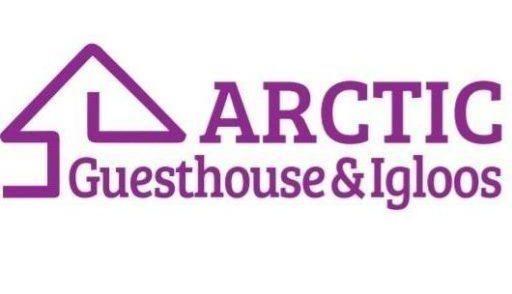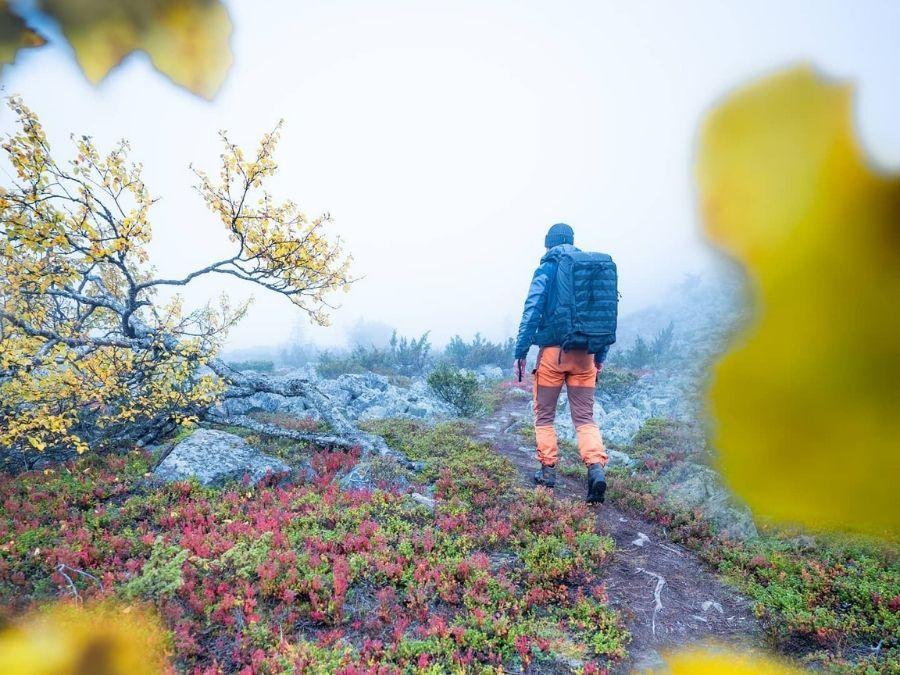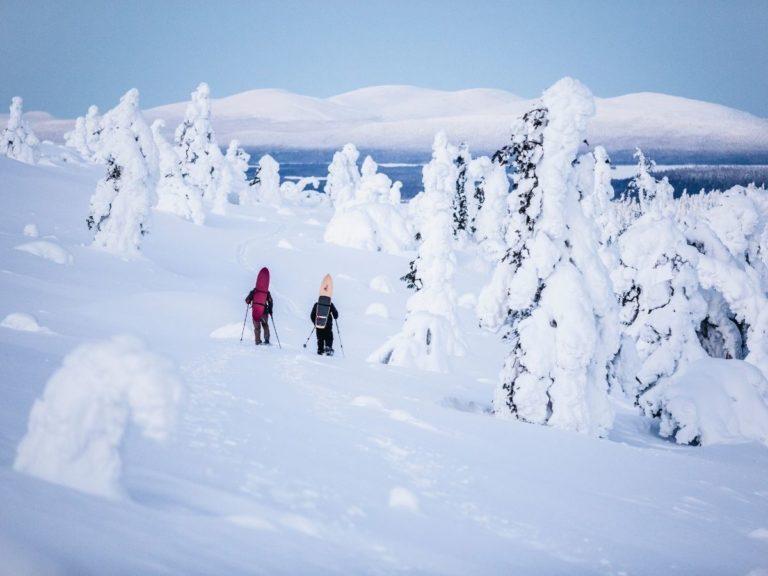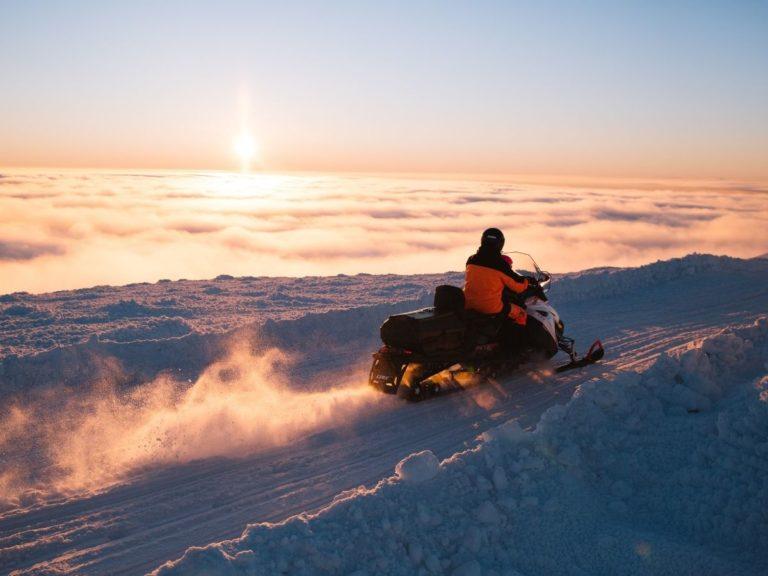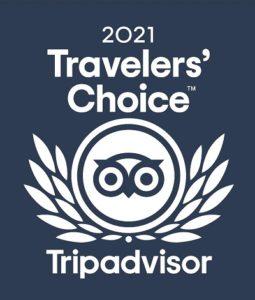Table of Contents
Preparing for a hiking trip
Have you recently found yourself interested in hiking and trekking? First of all: I’d like to congratulate you, as you’ve found a great hobby that takes you closer to nature than really anything else. Secondly, now is the perfect moment to start planning and considering what you should pack for your hiking trip and what else you should take into consideration before actually executing your first hiking trip in practice.
Once you have planned a trip that suits both your needs and skill level, it is a good idea to inform someone close to you about the time and duration of your upcoming trip. Also, be sure to mention the starting point of your trip as well as where you are heading. It is also wise to get to know the hiking area well in advance by researching both maps and the experiences of fellow hikers from that destination. A good place to search for information is, for example, the Facebook of Finnish Trekkers (Vaeltajat), which already has more than enthusiastic 80,000 members.
Equipment in a hiking trip
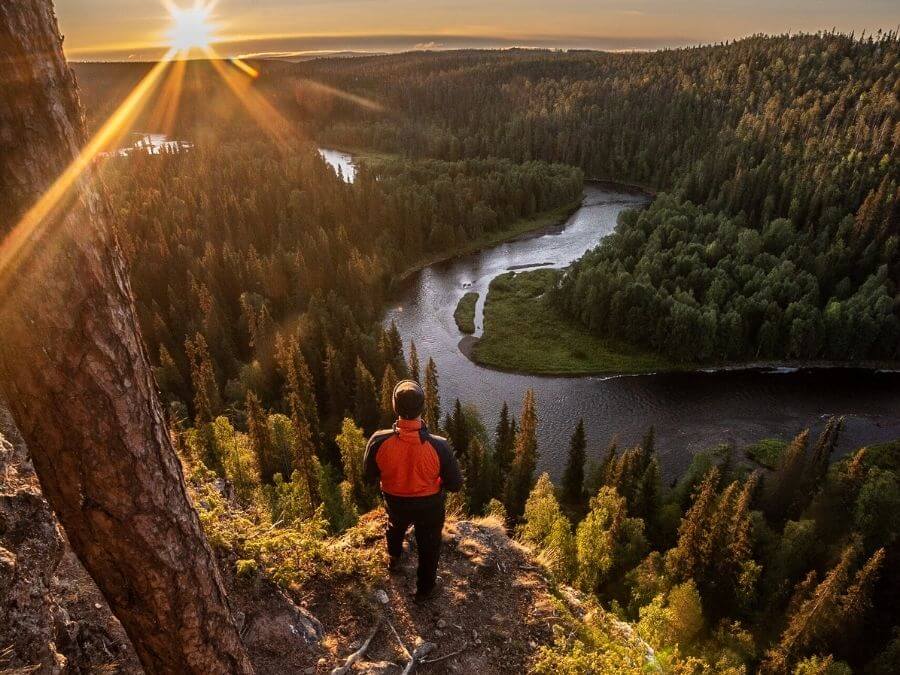
Since shorter day trips and one-night stays in the nature don’t usually demand lot in terms of equipment, we’ve put together tips and packing ideas in this guide, mainly for a few days of hiking.
Hiking shoes
As the first piece of equipment, you should pay attention to your hiking footwear. The term run-in for hiking shoes is probably familiar to many trekkers. In practice, the purpose of the run-in is to avoid abrasions and blisters caused by new footwear. The shoes should first be used as much as possible during short hikes and thus run them in for longer hikes in nature. After all, the use of shoes is known to make them always fit and mold better on the wearer’s foot.
Tent or hammock
Setting up a tent or hammock should be carefully practiced in your own backyard so that the same process runs well also in the nature. It is well known that conditions in the wilderness of Lapland can vary from side to side, even in a short time, and there is always no ideal windless and sunny weather for setting up your accommodation. Before going out in nature, it is also important to check the condition of the equipment. It is by no means desirable to go to the changing weather conditions with water-leaking accommodation.
Backpack
Every hiker should choose a backpack that is well fitting for their own back. If you are hiking alone, the backpack should be spacious enough to fit most of your equipment inside the backpack where the equipment is most comfortable to carry. All the goods outside the backpack affect the center of gravity of the backpack, which in turn undermines the carrier’s balance.
The recommended size of the backpack for a few days of hiking is about 40-60 liters and the weight can be up to 15 to 20 pounds. So it is good to pay special attention to the comfort of the bag and this is a small point that should not be compromised.
Rucksack rain cover
If your backpack did not come with a separate rain cover, you should definitely get one. There are different sizes of rain covers sold separately, so practically all backpacks can be equipped with a appropriate rain covers.
Again, this is a small detail that, however, can save a hike with its existence and at least make the trip more comfortable, when at the end of a long day of hiking you can put on dry clothes again.
Sleeping pad
The sleeping pad can be a self-inflating, inflatable or a traditional foam pad. Each of these is in itself a good option, each with its own user base. So you are free to choose the most suitable one for you according to your taste.
Sleeping bag
There are a lot of sleeping bags for different temperatures and it is worth choosing a sleeping bag to choose according to the weather forecast.
You could actually easily write a separate blog post for choosing a sleeping bag, but we’re not going to do that in this post. You can read more about choosing a sleeping bag, for example on Outdoor Gear Exchange‘s How to choose a sleeping bag article.
Trekking cooker
Eating regularly is important thing to remember during a hiking trip. There are many different types of camping cookers on the market, so you can choose from a selection of different manufacturers. Of the models of camping stoves, the Trangia, which is also used in the Finnish military, is perhaps the most popular and also the best known.
Drinking bottle
Drinking water (or other suitable fluids) during trekking is at least as important as eating. It is worth reserving a drinking bottle large enough for the trip, which can also be easily filled and cleaned also in nature. It is a good idea to place the bottle in a place where you can drink without any extra effort.
Cutlery on the hike
The spoon fork, aka Luha in Finnish, which is also familiar from the army, is a convenient and light cutlery for a hiking trip, with which you can eat both solid and soup type of foods. It is not necessary to reserve plates, as you can also eat directly from the dish of the cooker. However, disposable plates and mugs are easy to carry with you and they are also recyclable.
Cleaning the cutlery in nature
For some hikers, just a bare water wash is enough to clean the cutlery, but if you want to use a detergent for this, you should bring a biodegradable dishwashing detergent that does not unnecessarily burden the environment. For washing dishes, a small kitchen sponge is a good, versatile and light option.
Sunscreen and sunglasses
Solar radiation and its side effects should not be underestimated at any time of the year. It is also good to carry with you sunscreen and high-quality sunglasses during hikes.
Insecticide
Insects are a nuisance for the hiker, especially during the summer, when it is a good idea to reserve insecticide with you as well. In the autumn, there is no need to worry about these anymore, although in southern Lapland you will always find e.g. a deer fly, which as a companion is quite tedious and difficult to kill.
Knife and small ax
Knife is a handy tool in many small tasks, such as whittling tinders. There are also many small axes that were specifically designed for hiking and trekking. These come handy when chopping fire wood.
Toilet paper and fire making equipment
Pack also some toilet paper with you. The paper should be packed in a good watertight plastic bag, for example. The same goes for fire making equipment, usually matches or lighter.
Map and compass
In the wilderness, it is not worth reserving too much trust on telephones and quality of connections. Before hiking, it is important to learn how to read the map and use the compass. While the traditional printed maps and compass seem like old-fashioned tools, there’s no need to think about how they work in different areas or conditions. These items are as reliable as a rock.
Personal hygiene and first aid supplies
You can’t usually invest in personal hygiene during a hike in the normal way, but for individual items, a toothbrush is one that you absolutely want to reserve. You should also carry a first aid kit with you, and it is a good idea to include painkillers, a snake bite kit, blister patches and wound care supplies.
Hiking clothes
The right kind of clothing is of great importance above all for the comfort of a hiking trip. With the right kind of clothes, it is easy to cope in practically all weather conditions, while improperly equipping will at least make your enthusiasm disappear quite easily. In this section, we present our ideas for clothing for a few days hike.
Hiking shoes
Hiking shoes were already mentioned before. Footwear designed for hiking is designed to cope with movement even in demanding conditions. It is advisable for the hiker to choose footwear that is as comfortable as possible for his or her own foot and, as stated: run in the shoes before a longer hike.
Shoes for breaks
In addition to hiking shoes, it is also a good idea to pack separate pair of shoes for breaks, which are used outside the hike itself. Pause shoes are usually light and comfortable, which helps the feet recover during longer breaks as well as overnight stays. Wearing break shoes also gives the hiking boots time to dry after a day of hiking, making them much more comfortable to pull on again the next morning.
Trekking pants
When hiking, it’s a good idea to choose long-legged pants that protect the hiker from both plants and harmful bugs such as the mites. So called zip-off pants are a good option in warmer weather.
Hiking jacket
During the hike, a high-quality shell jacket is usually used, which protects the hiker from both wind and rain during the hike, and on the other hand, good breathability helps the lower layers to transfer moisture away from the skin.
Pause jacket
The break or pause jacket is both light to carry and comfortable to wear. In these, lightweight down jackets or such are generally preferred. Even during summer time hikes, evenings can be cool and a little too warm break clothing is always better than being cold.
Long and short sleeved shirts
In shirts, it is best to prefer ecologically produced merino wool, which is a good choice for practically any weather conditions. Indeed, many hikers swear by the name of merino wool. Another advantage of this material is that it does not start to smell, which can become quite an unpleasant problem both during longer hikes and after several uses. Experience with this problem can be found, for example, in sports shirts made of polyester.
Base layer
The underlayer is the lowest layer of layering and plays an important role in moisture transfer. Merino wool is perhaps the best option as a material on this floor as well.
Headgear and gloves
There are as many headgear options for hiking as there are users. Someone swears the name of the cap, another prefers a beanie and a third a traditional brimmed hat. So these things can go pretty hard on your own mind and the only thing to consider is actually the prevailing weather. It is not necessarily a good idea to hike with a cap in a sleet.
Gloves are usually preferred for hiking, but mittens can actually be a better option especially when talking about sub-zero temperatures.
Socks
For a few days of hiking, it’s a good idea to pack clean pair of socks for each day of hiking. You should prefer socks designed for hiking or sports that do not have too many seams to cause any extra friction, which can lead to cuts and blisters.
Keep clothes and sleeping bag dry
In terms of clothing, it is worth noting that during hiking, the weather can change greatly, even in a short time. Although rain covers are available for backpacks, you should pack your clothing as watertight as possible. The same goes for a sleeping bag. Either traditional plastic bags or separately available dry bags can be used for packaging.
What food to pack for a hike?
What food should be packed for the hike? Hiking is an energy-intensive exercise, as long distances are usually walked in varied terrain with large altitude differences.
On a hiking trip, you should make sure that you have reserved food for breakfast, lunch and dinner for each day. Porridge, for example is a good option for breakfast, fresh berries can be added on top if these are available in your trekking location. Well equipped stores in the area offer a large number of different camping dishes, which are quick and easy, and nowadays also quite tasty choices for both lunch and dinner.
It is easy to prepare camping food, as all you have to do is add boiling water to the bag, after which the contents of the bag are mixed and allowed to simmer for a while before eating. In addition, camping food is healthy and has excellent nutritional value, as it is specifically designed for hiking and camping.
In addition to camping food, it’s a good idea to pack a few energy-rich snack bars and nuts or raisins. In addition, you can bring both coffee and tea according to your own preferences. With regard to food and beverage resources, it is also worth preparing for the possibility that even unpleasant surprises may arise in the wilderness. It is a good idea to pack food for at least one extra day.
How to hike and trek responsibly?
When going to nature, it is important to always go ahead with the well-being of the environment first and personal enjoyment only after that. In addition to this, it is smart to take into account other people in nature, there might be more of them than you realize, especially in the most popular areas. Remember that nature and staying there belong to us all in an equal manner.
The first good guideline is not to leave anything extra in nature. What you have managed to carry to nature in full must also be able to carry away from there empty. Garbage is by no means part of nature.
The best hiking routes in Lapland?
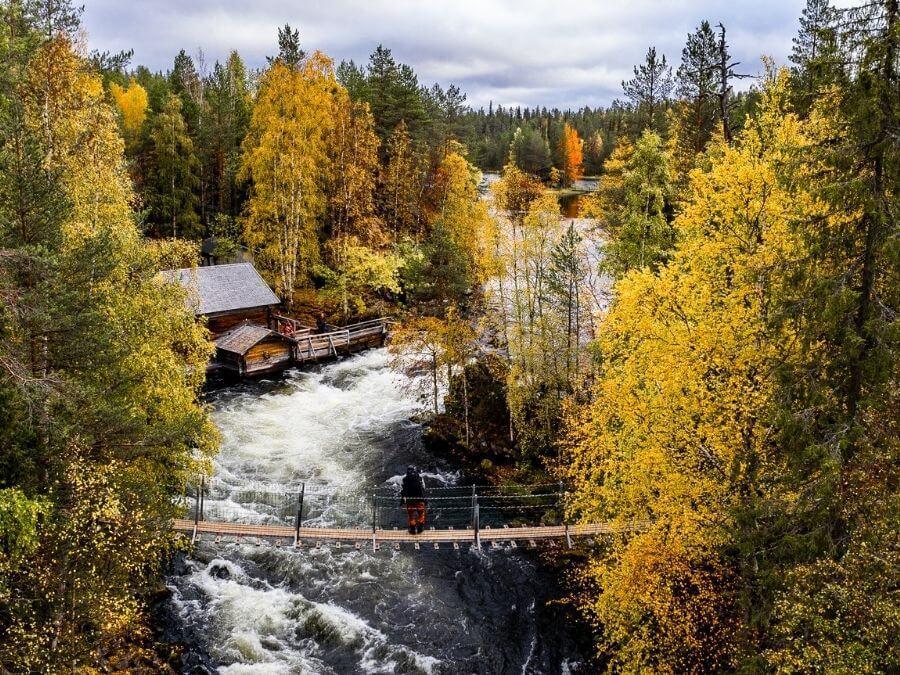
Lapland is a favorite destination for summer and autumn for many hikers. On the side of the Stories from Ranua blog, you can now also find a more comprehensive compilation of the best hiking trails in Lapland. In the text, we present a total of ten places worth visiting all over Lapland.
You can explore the hiking trails, excursion sites and sheds in Ranua and the surrounding areas in our blog post published last autumn.
Sources and about the subject elsewhere: Rei.com | Day Hiking Checklist Outdoor Gear Exchange | How to Choose a Sleeping Bag Retkipaikka | Planning a hike (in Finnish) National Parks.fi | Hiking in Finland
